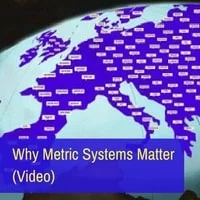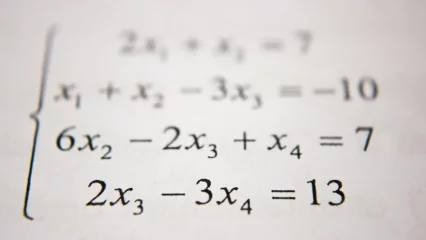Did you know that the crash of a USD 200 million NASA orbiter into the surface of Mars was caused by an error in converting between two measurement systems -- USC (US Customary Units) and their SI (International System of Units) metric equivalents?
As you would like to avoid any possibility of a crash in the GRE or GMAT, it is best that you understand and memorise the different measurement systems that are used in these tests.
Test prep experts from Magoosh explain that often, if units are involved in a GRE or GMAT maths question, the question itself will supply the relevant conversions. Sometimes, though, you will be expected to have a few basic ones memorised such as metre, centimetre, millimetre, kilometre, mile, foot, inch, kilogram, and gram. You can also encounter questions that require knowledge of the yard, pint, quart and gallon.
The GMAT exam generally does not require you to be familiar with any particular unit system other than the basic time units of seconds, minutes, hours, days, weeks, months, and years. Both US units (USC) -- such as mile, foot and inch -- and the metric system are used.
You can also expect questions that require knowledge of squared and cubed units – such as squared and cubed lengths, corresponding to area and volume, respectively.
To start your focused preparation on metric systems, watch this video. This official TED-ED video lesson presents, in an enjoyable way, the development of different measurement systems in different parts of the world. It illustrates how challenging the process of introducing a common metric system has been and which countries still make an exception.
You will also learn curious facts about what the connection is between the French Revolution and the crash of the NASA orbiter on Mars in 1999.



